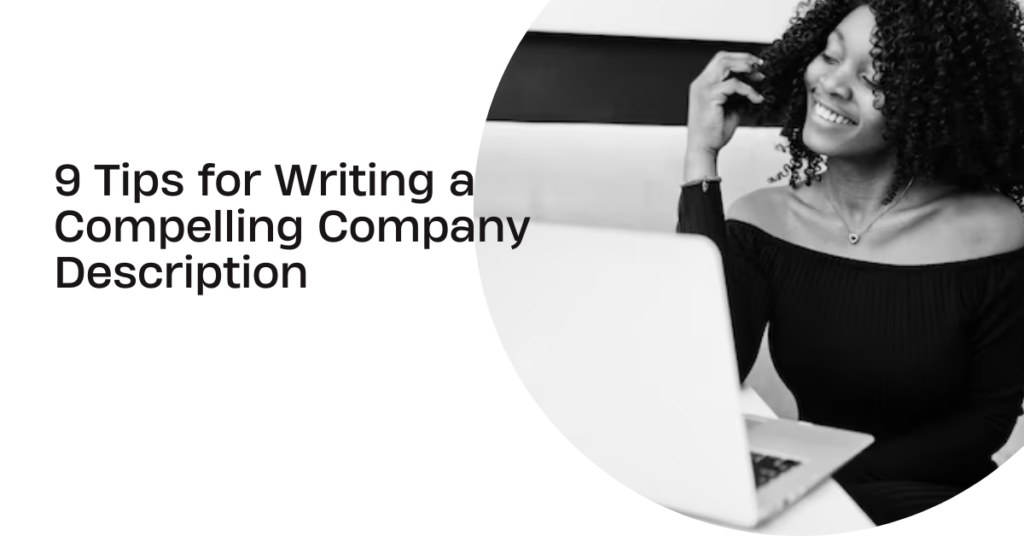
Menu
Facebook-f
Twitter
Google-plus-g
How to Format Your Business Plan
Formatting your business plan correctly is crucial to ensure that it looks professional and is easy to read. Here’s a guide on how to format various elements of your business plan:
Cover Page
The cover page is the first impression of your business plan, so it should be professional and visually appealing. It should include your company’s name, logo, the title “Business Plan,” the date, and your contact information. This page sets the tone for the rest of the document and gives readers an immediate understanding of what they are about to read. For example, a tech startup might use a sleek, modern design with their logo prominently displayed and clean typography. The cover page should reflect your brand’s identity and make a strong, positive impression.
Table of Contents
A table of contents is essential for providing a roadmap to your business plan. It helps readers navigate through the document easily, especially in a detailed and lengthy business plan. List all the major sections and sub-sections with corresponding page numbers. For instance, sections might include the Executive Summary, Market Analysis, Marketing Strategy, Financial Plan, etc. The table of contents ensures that investors and stakeholders can quickly find the information they need, making the document more user-friendly and professional.
Numbering
Numbering your pages and sections is crucial for organization and readability. Each section and sub-section should be clearly numbered to correspond with the table of contents. For example, the Marketing Strategy section might be labeled as “3.0 Marketing Strategy” with sub-sections like “3.1 Market Research” and “3.2 Marketing Plan.” This systematic approach helps readers follow the flow of the document and easily reference specific parts during discussions or presentations.
Including Pictures
Incorporating pictures, charts, and graphs can significantly enhance the readability and visual appeal of your business plan. Use images to illustrate key points, showcase your products, and present data in an engaging way. For example, a retail business might include photos of their store layout, product designs, or customer demographics. Ensure that all visuals are high quality and relevant to the content. Pictures should complement the text, not clutter it, and should be positioned strategically to break up long sections of text and maintain reader interest.
Fonts, Shapes, Spacing, etc.
The overall presentation of your business plan, including font choice, shapes, and spacing, plays a crucial role in its professionalism and readability. Use a clean, professional font such as Arial, Times New Roman, or Calibri, typically in 11 or 12-point size. Consistent use of headings, sub-headings, bullet points, and bold text helps to organize information and guide the reader through the document. Adequate spacing between paragraphs and sections improves readability and prevents the document from looking cluttered. For example, a business plan might use bold headings for each main section, italicized sub-headings, and bullet points for lists, with 1.5 line spacing throughout the text. Paying attention to these details ensures that your business plan is not only informative but also visually appealing and easy to read.
Address List
-
Makerere Hill Road, Ham Towers -
+256-703947778 -
info@professionalwriters.shop
Social Networks
Links List
Professional Writers Inc.
Turning Ideas Into Reality
Business Plan Writing Training [Free]
































